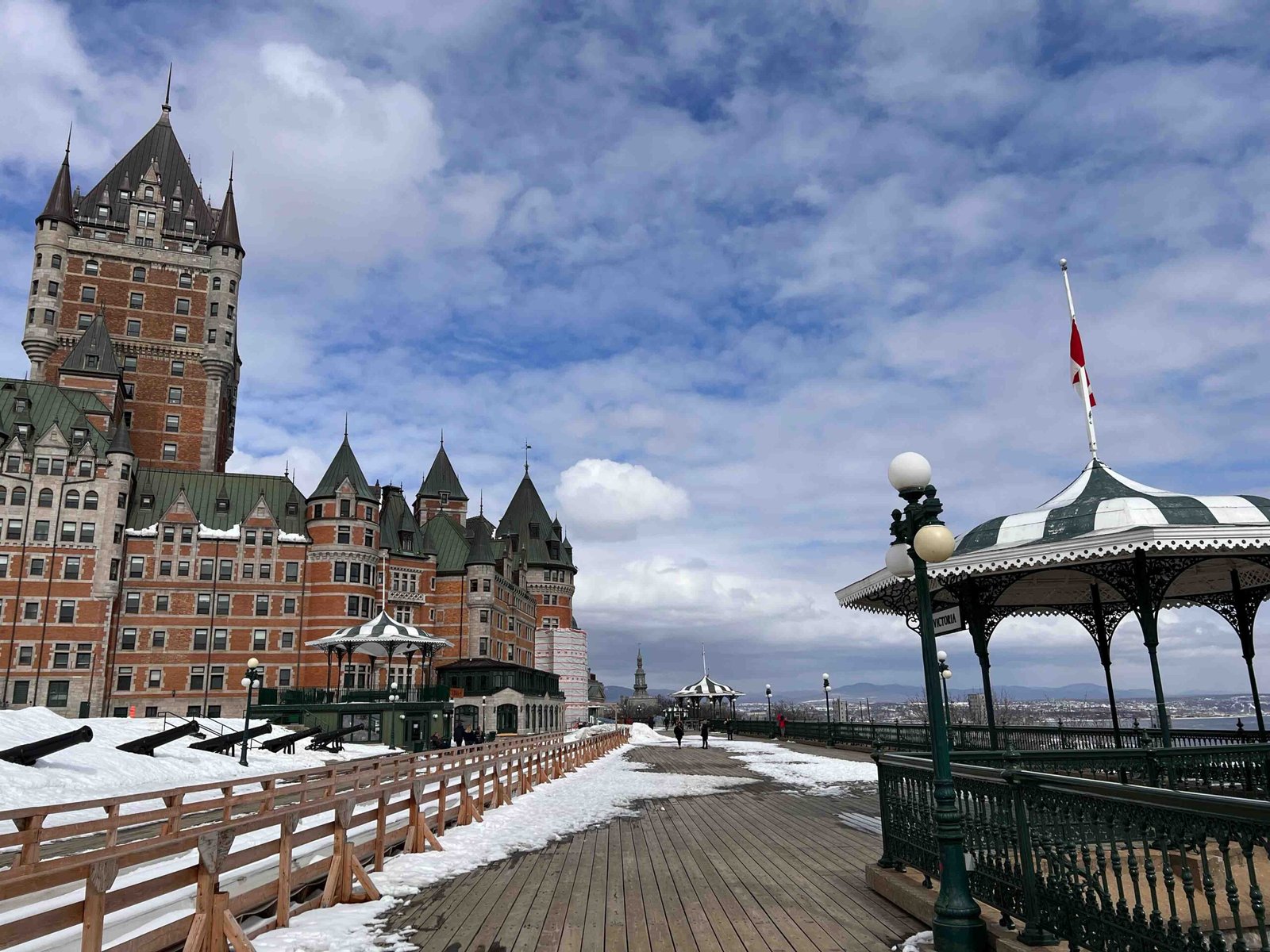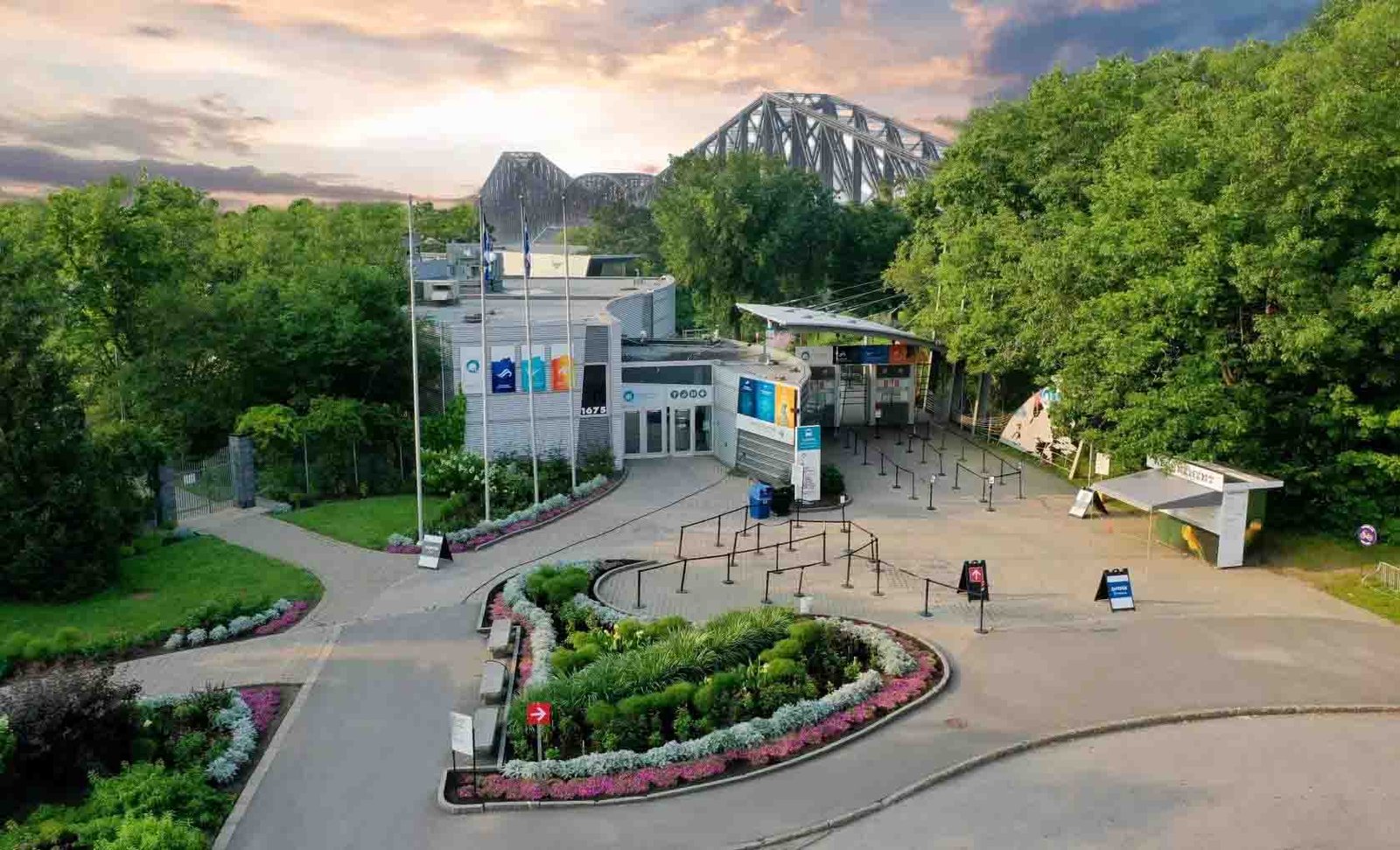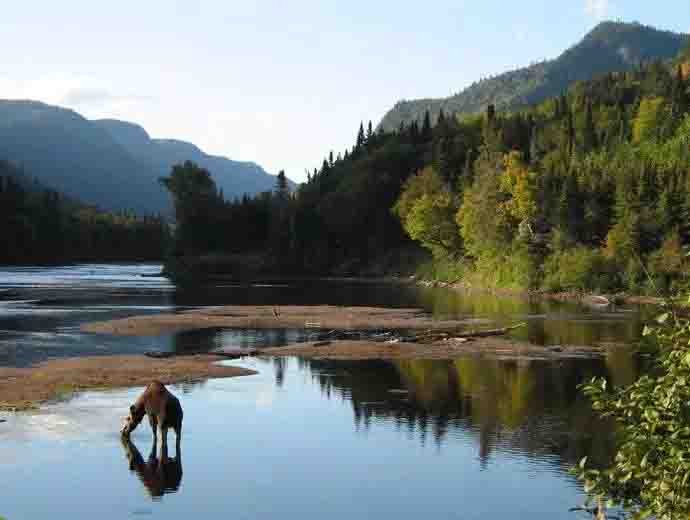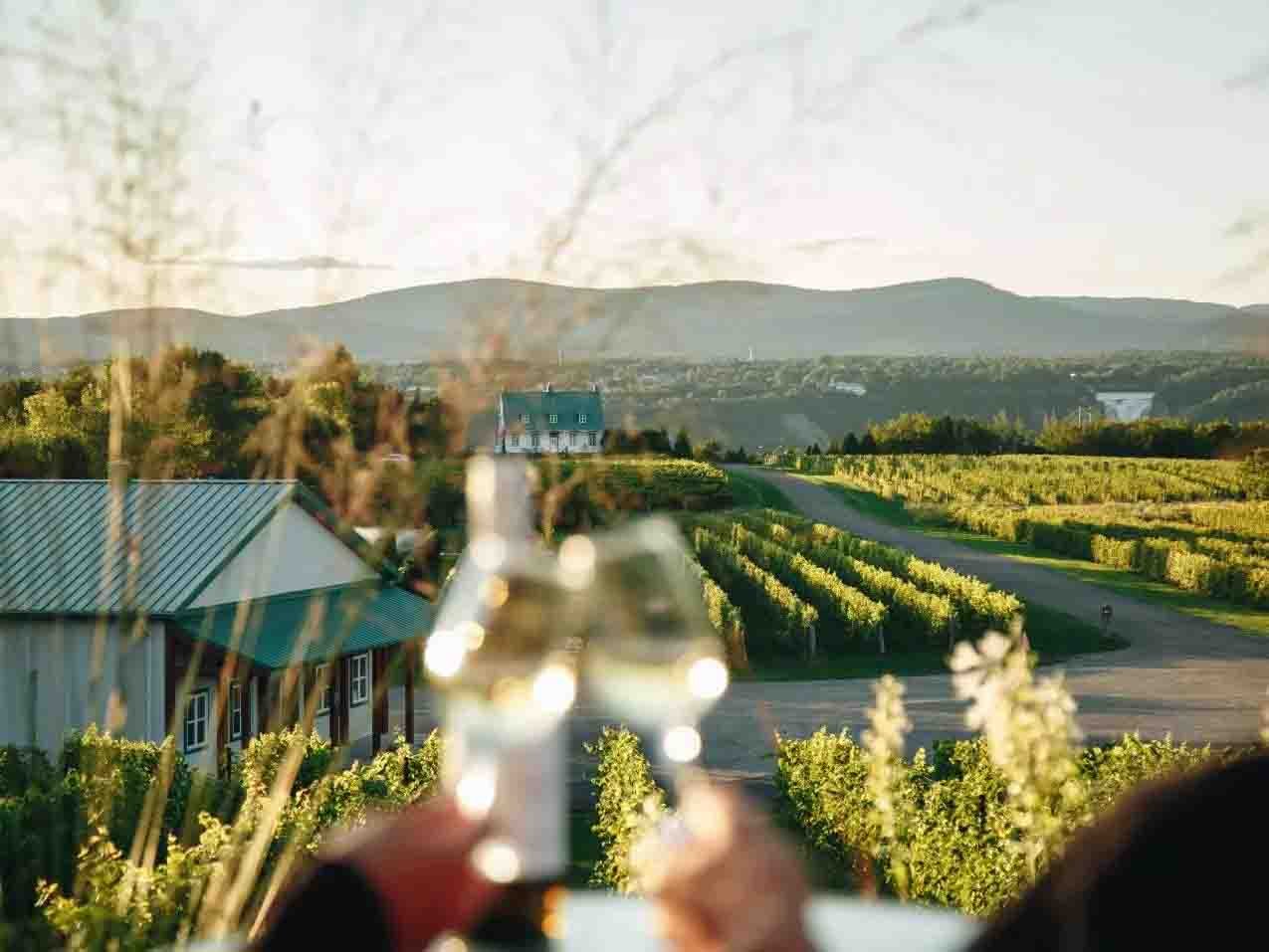Exploring the Parliament Building: A Symbol of Democracy in Québec
The Parliament Building (Hôtel du Parlement) is one of Québec City’s most important and iconic landmarks, serving as the seat of the National Assembly of Quebec (Assemblée nationale du Québec). This majestic building, located just outside the walls of Old Québec, is not only the center of political life in the province but also a symbol of Québec’s rich history, culture, and identity. With its stunning Second Empire architecture, beautifully landscaped gardens, and fascinating guided tours, the Parliament Building offers visitors a unique opportunity to learn about the province’s political system while exploring one of Québec City’s architectural treasures.
A Masterpiece of Architecture
Designed by architect Eugène-Étienne Taché and completed in 1886, the Parliament Building is an architectural masterpiece that reflects the grandeur of 19th-century French-inspired design. The building’s Second Empire style is characterized by its distinctive mansard roofs, ornate stone facades, and elaborate details. The main facade of the Parliament Building features a series of statues and sculptures representing important figures from Québec’s history, including explorers, military leaders, and politicians, creating a visual timeline of the province’s past.
The building’s four wings form a large square, surrounding a central courtyard. The main entrance is crowned by a tall clock tower, which is one of the most recognizable features of the Parliament Building and offers stunning views of the surrounding area.
Statues and Monuments: A Tribute to Québec’s History
The Parliament Building’s exterior is adorned with 26 statues of significant historical figures, including Jacques Cartier, Samuel de Champlain, François-Xavier Garneau, and Louis-Joseph Papineau. These figures represent key moments in Québec’s history, from the early days of New France to the political and cultural movements that shaped modern Québec. The statues serve as a reminder of the province’s unique heritage and its ongoing journey toward political autonomy and cultural identity.
In front of the building is the Fontaine de Tourny, a beautiful fountain that was originally located in Bordeaux, France. The fountain was restored and gifted to the people of Québec in 2007 in honor of the city’s 400th anniversary. It has since become a favorite spot for photos and a symbol of the enduring relationship between Québec and France.
The National Assembly of Quebec
The Parliament Building is home to the National Assembly of Quebec, the legislative body responsible for making laws and governing the province. The National Assembly is a unicameral legislature, meaning it consists of a single house, with 125 elected members representing ridings from across Québec. The assembly plays a crucial role in shaping the province’s political landscape, passing laws on issues such as health care, education, and the economy.
Visitors to the Parliament Building can watch the assembly in session from the public galleries, providing a firsthand look at Québec’s democratic process. During the legislative session, which typically runs from September to June, visitors can observe debates, discussions, and the passing of bills in real-time, offering a fascinating glimpse into the workings of Québec’s government.
Guided Tours: Discovering the Political and Architectural Heritage
One of the best ways to experience the Parliament Building is by taking a guided tour, which is offered in both French and English. The tours provide an in-depth look at the building’s history, architecture, and role in Québec’s political system. Visitors are taken through the main halls, the National Assembly chamber, and the Legislative Council chamber, learning about the building’s historical significance and the functions of its various rooms.
The tours also provide insights into the building’s artwork, including paintings, sculptures, and stained glass windows that depict important events and figures from Québec’s past. One of the highlights of the tour is the Salon Bleu, the National Assembly chamber, where the province’s elected representatives gather to debate and pass laws. The chamber’s blue walls, intricate woodwork, and grand chandeliers create a striking and elegant setting for the democratic process.
The Hall of Honor
The Hall of Honor is one of the most impressive rooms in the Parliament Building and is dedicated to the memory of prominent individuals who have shaped Québec’s history. The hall features portraits and busts of notable politicians, activists, and cultural figures, celebrating their contributions to the province’s development. The Hall of Honor serves as a space for reflection and recognition of Québec’s leaders and their impact on the province’s identity.
The Gardens and Grounds
The Parliament Building is surrounded by beautifully landscaped gardens and green spaces, which provide a peaceful retreat from the hustle and bustle of the city. The gardens are home to a variety of flowers, shrubs, and trees, offering a serene setting for a leisurely stroll or a quiet moment of reflection.
In the summer months, the gardens come alive with colorful blooms, while the fountain and statues create a picturesque backdrop. The expansive lawns in front of the building are often used for public events, gatherings, and celebrations, making it a lively space for both locals and tourists.
The Parliamentary Restaurant
For those looking to experience a taste of Québec’s culinary heritage, the Parliament Building is home to the Le Parlementaire restaurant, which is open to the public. Located within the building, Le Parlementaire offers a fine dining experience in a grand setting, with a menu that highlights Québec’s local ingredients and traditional flavors. The restaurant’s elegant dining room, with its high ceilings, chandeliers, and large windows, provides a memorable dining experience that complements the historical and political significance of the building.
Events and Special Programs
Throughout the year, the Parliament Building hosts a variety of events, educational programs, and special exhibitions that offer visitors a deeper understanding of Québec’s political history and culture. The Parliamentary Visitor’s Centerprovides interactive displays and educational materials that help visitors learn about the legislative process, the history of democracy in Québec, and the role of the National Assembly.
The Parliament Building also plays an important role during significant political events, including the swearing-in of new members of the National Assembly, state visits by foreign dignitaries, and official ceremonies. These events highlight the ongoing importance of the building as both a historical monument and a living center of political life.
How to Get There
Address: 1045 Rue des Parlementaires, Québec City, Quebec, Canada
Public Transport: The Parliament Building is located just outside Old Québec and is easily accessible by foot or public transportation. Several bus routes serve the area, and the building is within walking distance of many major hotels and attractions.
Parking: Paid parking is available nearby, and the building is accessible to visitors with mobility issues.
Official Website
For more information on tours, events, and visiting hours, visit the official website: assnat.qc.ca.
Hours and Admission Fees
Hours: The Parliament Building is open year-round, with guided tours available most days. The National Assembly is in session from September to June, and visitors can watch live debates during this time. The gardens are open to the public throughout the year.
Admission Fees: Tours and access to the Parliament Building are free of charge, though reservations are recommended for guided tours, especially during busy periods.
Best Time to Visit
The Parliament Building is a great destination to visit year-round. In summer (June to August), the gardens are in full bloom, and the outdoor spaces are ideal for walking and photography. Fall (September to October) offers beautiful foliage, while winter (December to February) provides a peaceful and quiet atmosphere, with the building’s architecture standing out against the snow.
A Symbol of Québec’s Democracy and Heritage
The Parliament Building is more than just a political institution—it is a symbol of Québec’s democratic values, cultural heritage, and architectural beauty. Whether you’re exploring its grand halls, learning about the province’s political history, or strolling through its gardens, the Parliament Building offers a rich and immersive experience that connects visitors to the heart of Québec’s identity. With its combination of historical significance, stunning design, and vibrant political life, the Parliament Building is an essential part of any visit to Québec City.






Leave a Reply